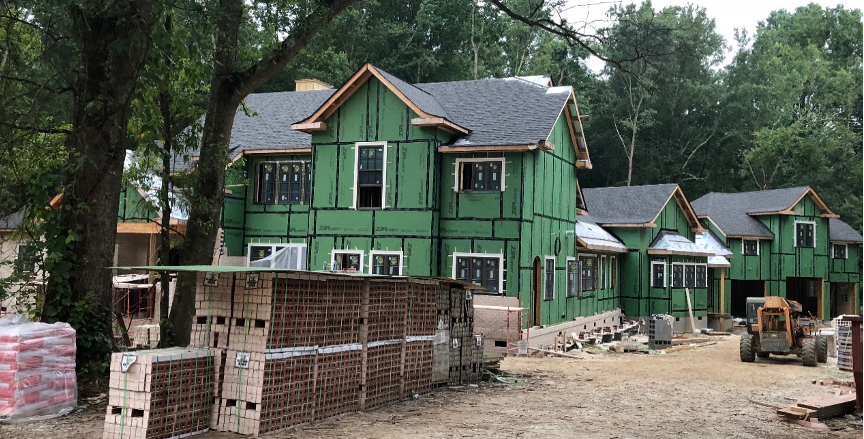By Russell Bozeman, Mississippi state forester and NASF Forest Markets Committee chair
Happy National Forest Products Week! We’ve been celebrating the value of forest products and their contributions to society since 1960 when Congress issued a joint proclamation designating National Forest Products Week as the seven-day period beginning on the third Sunday of October. President Dwight Eisenhower was the first president to sign a proclamation in support of the week-long celebration, and every president since (including President Joe Biden) has followed suit.
 When managed sustainably, forests provide many ecosystem services – such as clean water and air, carbon storage, and wildlife habitat – alongside paper products, like cardboard, and wood products, like lumber. Wood is used to build our homes and community spaces; and is essential to producing toothpaste, cosmetics, and even some foods.
When managed sustainably, forests provide many ecosystem services – such as clean water and air, carbon storage, and wildlife habitat – alongside paper products, like cardboard, and wood products, like lumber. Wood is used to build our homes and community spaces; and is essential to producing toothpaste, cosmetics, and even some foods.
Strong markets for forest products help ensure that forests remain forests. Without markets, forests are significantly more likely to be developed or converted to other land uses. This is because land ownership is increasingly expensive, and without opportunities to sell forest products, forestland owners don’t have the necessary capital to invest in appropriate management, or in some cases, pay property taxes to retain ownership of their woodlands.
The forest products industry contributes billions of dollars to the U.S. economy annually and makes up 4% of the U.S. manufacturing GDP. According to the American Forest and Paper Association, the forestry and forest products industries in the U.S. directly employ upwards of 950,000 people, making this sector among the top 10 manufacturing employers in 45 states.

In my home state of Mississippi, forestlands represent over 60% of the total land base and 90% of these forestlands are privately owned. Timber is in the state’s top three most valuable agricultural crops, with forest-related industries contributing $13 billion to the state’s economy and directly employing over 61,000 people with an annual payroll of $1.1 billion.
Mississippi’s Forest Action Plan outlines our work to ensure our forests are well-managed and will be here for future generations to enjoy. The Mississippi Forestry Commission developed the plan over a two-year period with the input of numerous partners, agencies, organizations, and individuals to identify and assess the main trends, conditions, and issues facing our forests today. The plan presents an overview of the state’s forest resources and identifies current and future strategies to address a variety of forest conditions in the state, regardless of ownership.
You too can celebrate National Forest Products Week! Learn more about the climate benefits of wood products and active forest management. Get to know just how many products you use that come from our forests. Or visit a local, state, or national forest and learn more about the benefits of well-managed forests.
To learn more about what your state is doing to actively manage healthy forests near you, contact your state forestry agency.

